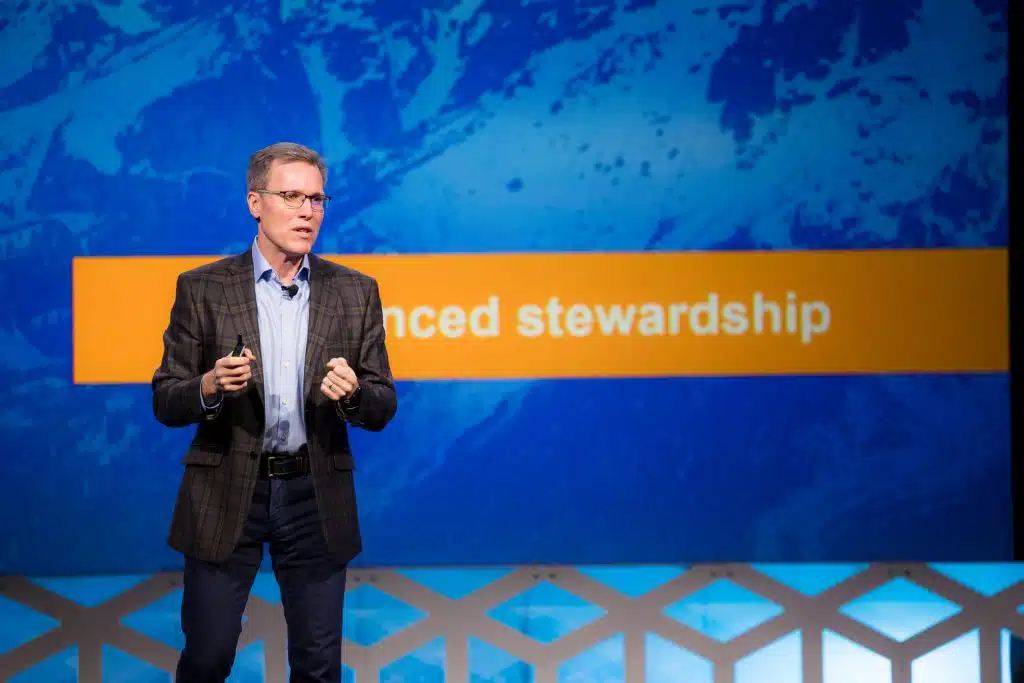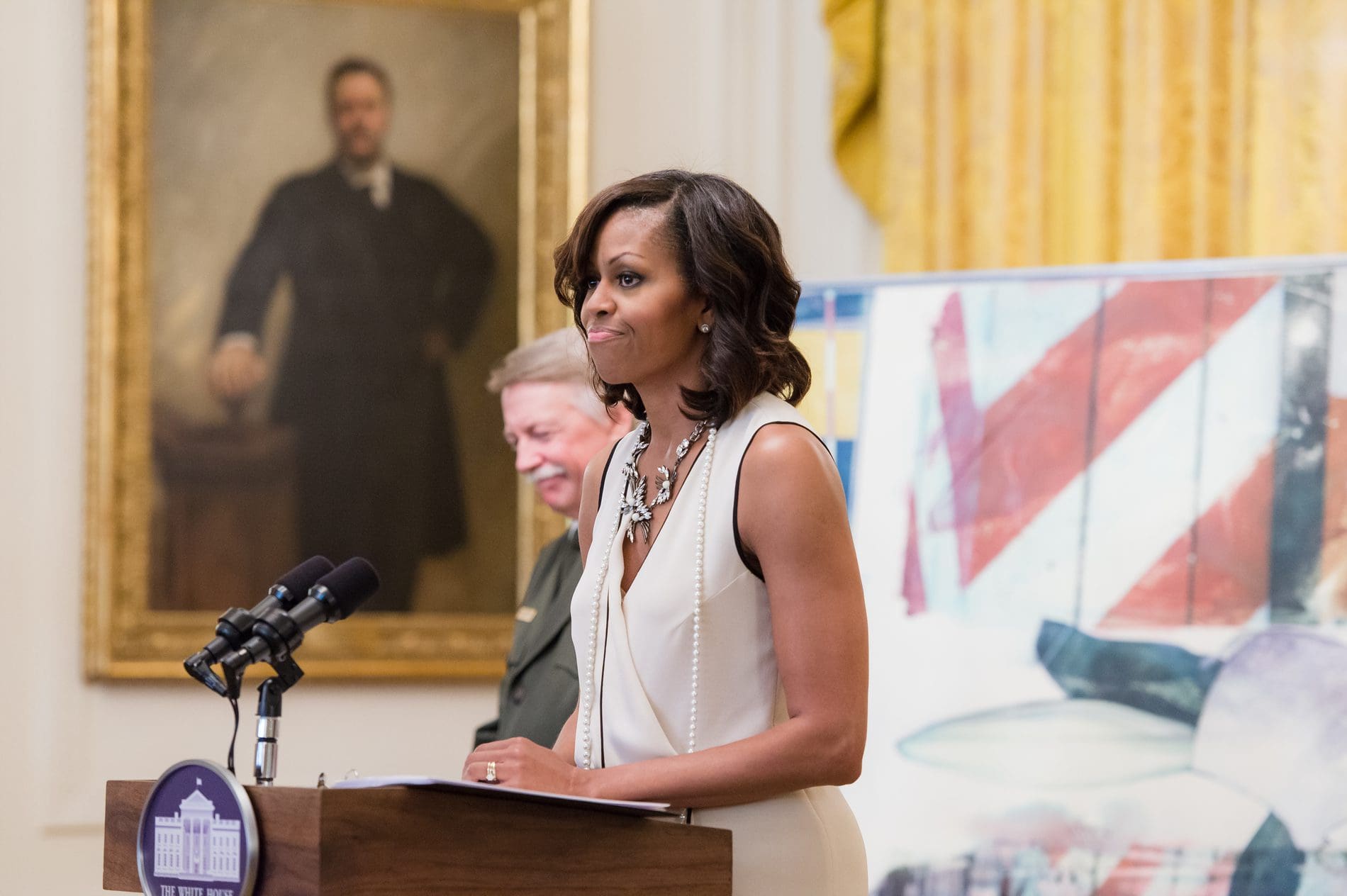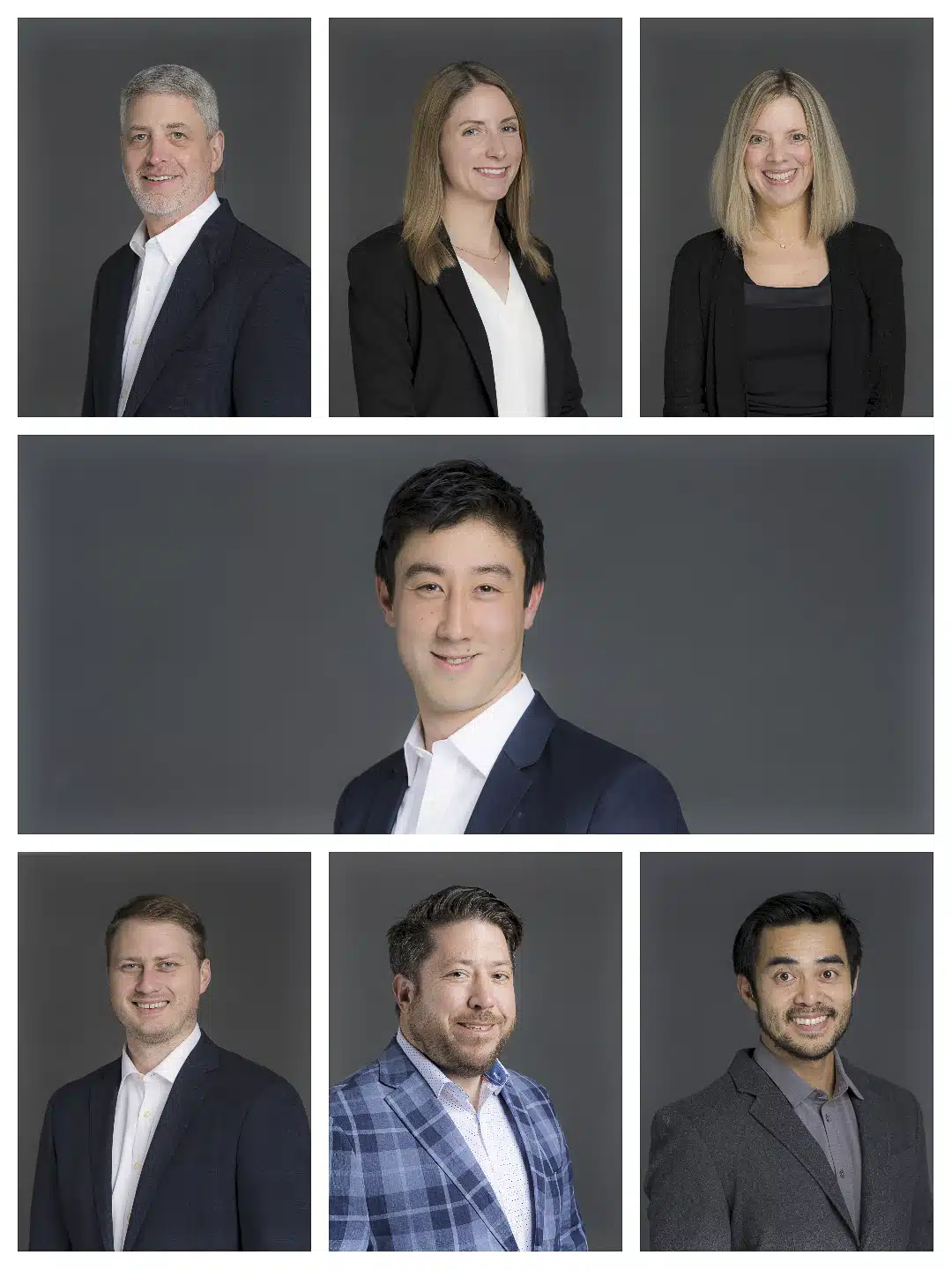
Event photography in Washington DC is both an art and a science, requiring a blend of technical skill, creativity, and the ability to capture moments that tell a story. Here are some key techniques to master for effective event photography:
- Scout the Venue: Visit the location in advance if possible. Understand the lighting conditions, potential backgrounds, and areas where key moments might occur.
- Know the Event Schedule: Familiarize yourself with the event’s timeline to anticipate when and where important shots will be.
- Gear Check: Ensure all equipment is ready, batteries charged, memory cards cleared, and lenses clean. Bring extra gear for unexpected scenarios.
2. Lighting Techniques:
- Natural Light: Use windows, doors, or outdoor light for a more natural look. Be mindful of harsh midday light and use it creatively or find shaded areas.
- Artificial Light: Flash can be used subtly with diffusion or bounce techniques to soften light. For larger events, consider using off-camera flash or studio lights.
- Mixed Lighting: Balance different light sources (like tungsten, LED, or natural light) to maintain color consistency across images.
3. Camera Settings:
- Aperture: Use a wide aperture (low f-number) for portraits to blur backgrounds; a smaller aperture for group shots to keep everyone in focus.
- Shutter Speed: Fast speeds to freeze motion (1/250s or faster), slower for ambient light or creative effects like motion blur.
- ISO: Keep it as low as possible to avoid noise, but increase if necessary in low light, balancing with noise reduction in post.
- White Balance: Custom or auto settings to manage different lighting temperatures.
4. Composition and Framing:
- Rule of Thirds: Place subjects along the lines or at intersections for dynamic compositions.
- Leading Lines: Use architectural features or crowd lines to lead the eye to the focal point.
- Foreground/Background: Include elements in the foreground for depth or use backgrounds to add context or color.
- Frame Within a Frame: Use natural or architectural frames to focus on your subject.
5. Capturing Moments:
- Anticipation: Predict where action or emotion will happen. Watch for candid moments over posed shots.
- Candids: Capture genuine interactions, laughter, or focused moments. These often tell the best stories.
- Wide Shots: Show the scale of the event, capturing the atmosphere and context.
- Close-Ups: Detail shots of hands, expressions, or event specifics like decor or food.
6. Interaction with Guests:
- Be Discreet: Move around without disrupting the event. A telephoto lens can help capture moments from a distance.
- Engage: Sometimes, interacting with guests can yield spontaneous, joyful photos.
- Permission: For close personal shots or if you’re unsure, ask for permission to photograph.
7. Post-Event Workflow:
- Culling: Quickly go through photos to select the best ones for immediate sharing or editing.
- Editing: Use software like Lightroom or Photoshop for color correction, exposure adjustments, and minor retouching. Keep edits consistent across images.
- Delivery: Ensure quick turnaround for highlights, possibly leveraging social media or event apps for immediate sharing.
8. Gear and Accessories:
- Camera Body: A DSLR or mirrorless with good low-light performance.
- Lenses:
- Wide-angle for environmental shots or group photos.
- Standard or portrait lens (50mm, 85mm) for individual shots.
- Telephoto for candid moments from afar.
- Flash: On-camera for quick fixes, off-camera for more control.
- Tripod/Monopod: For stability in low light or for long exposures.
- Reflectors/Scrims: Control light, especially when dealing with harsh outdoor conditions.
9. Adaptability:
- Be Ready to Change: Events are dynamic; be prepared to change your approach, gear, or settings as the day unfolds.
- Creative Problem Solving: Use whatever is at hand to improve your shots; leaning against walls for stability, using natural reflectors, etc.
10. Continuous Learning:
- Study Other Photographers: Look at how others capture events, learn from workshops, or online tutorials.
- Feedback: Use client feedback to improve your technique and understand what works best for different types of events.


